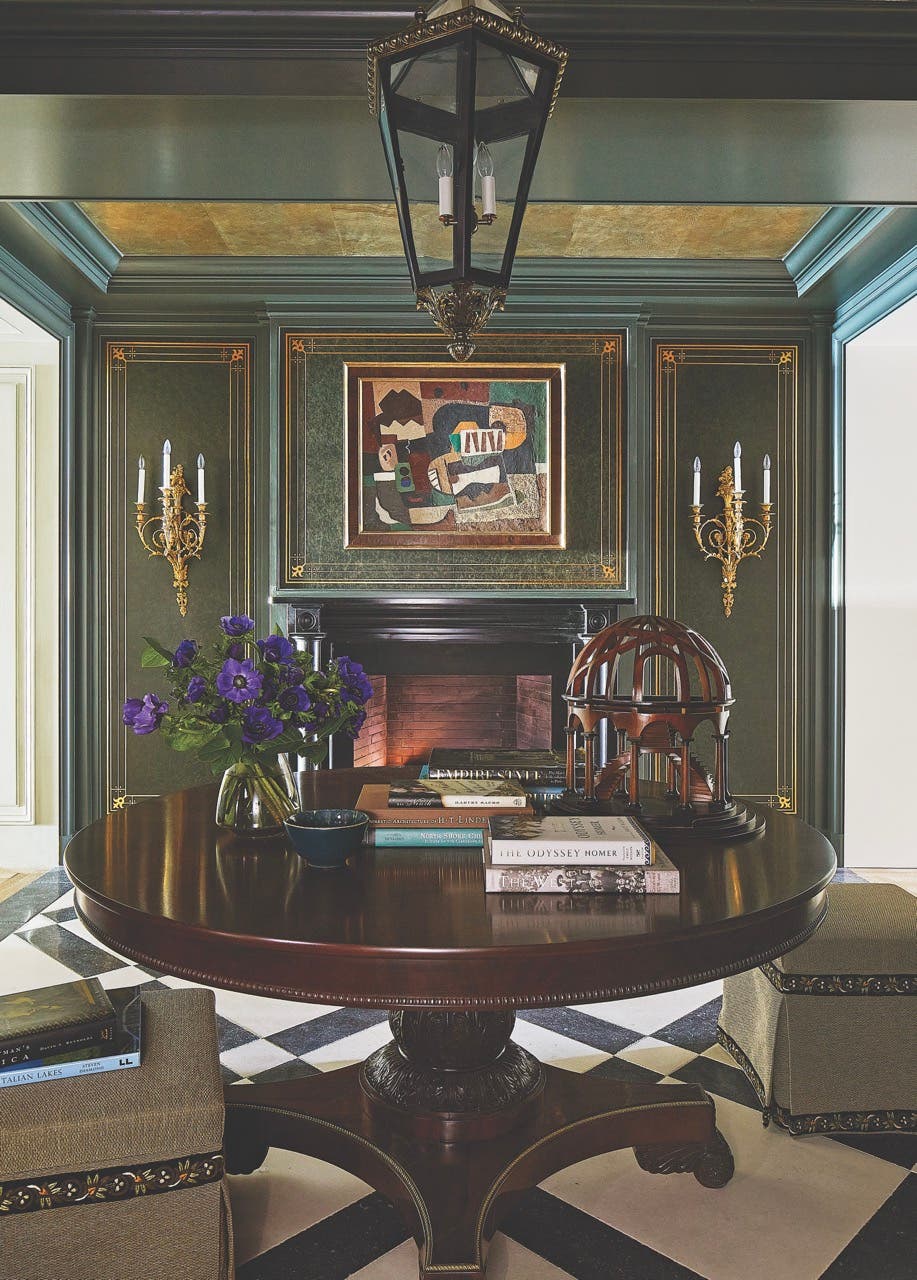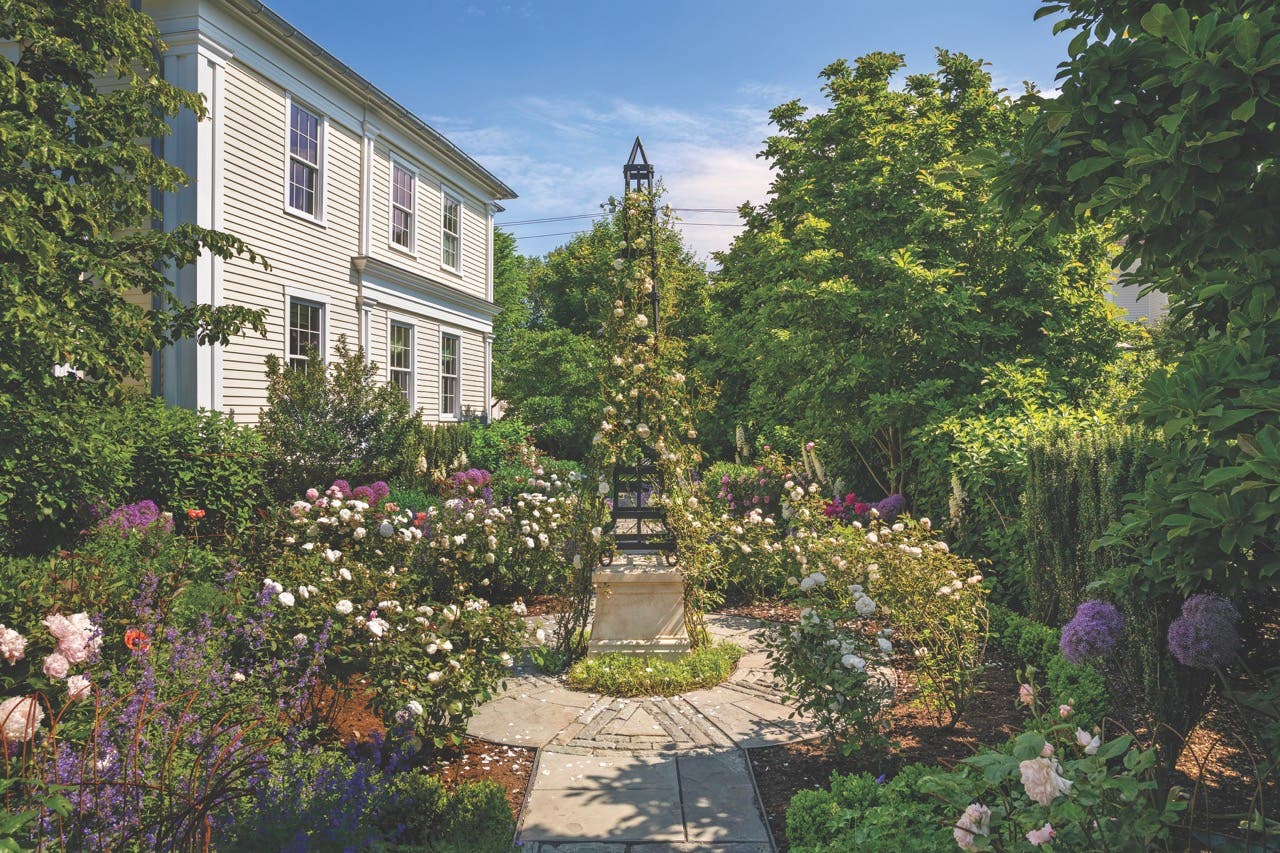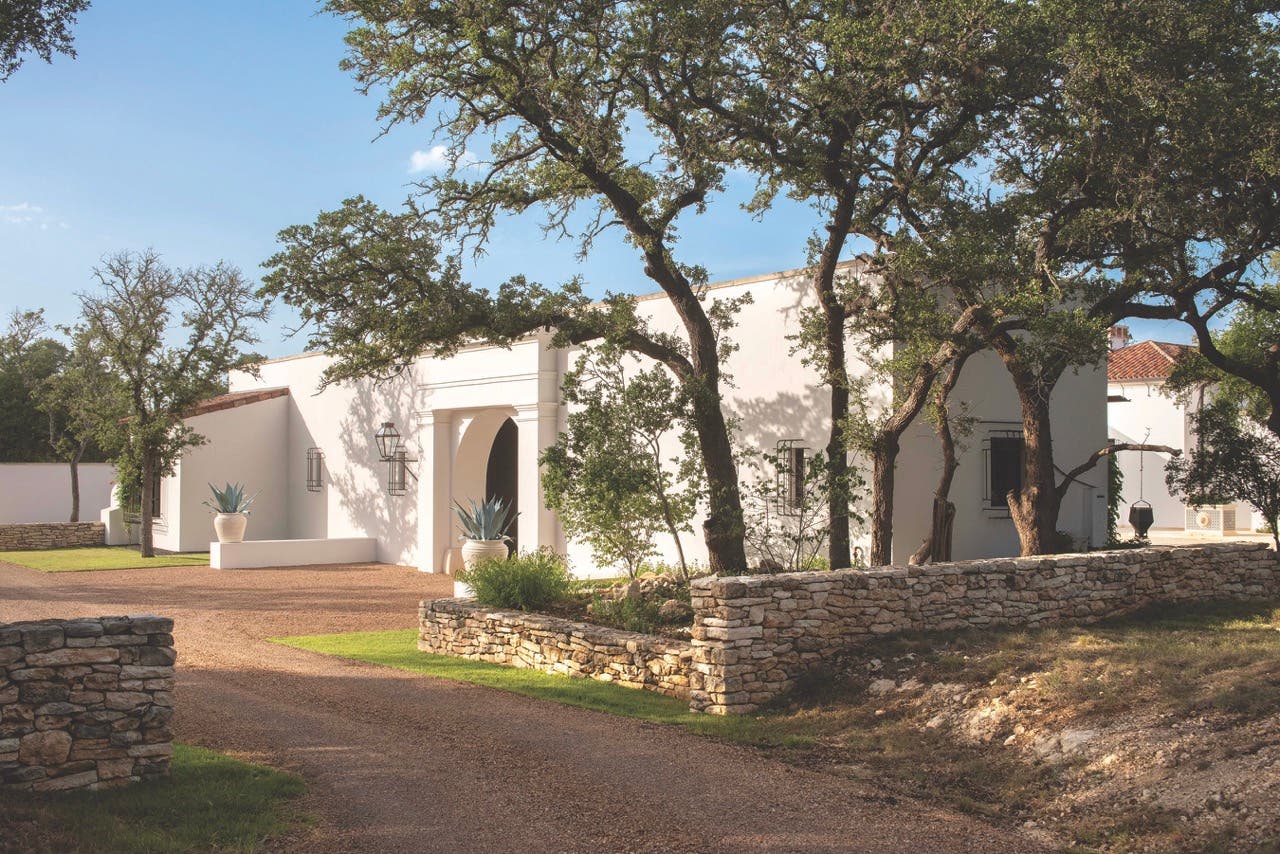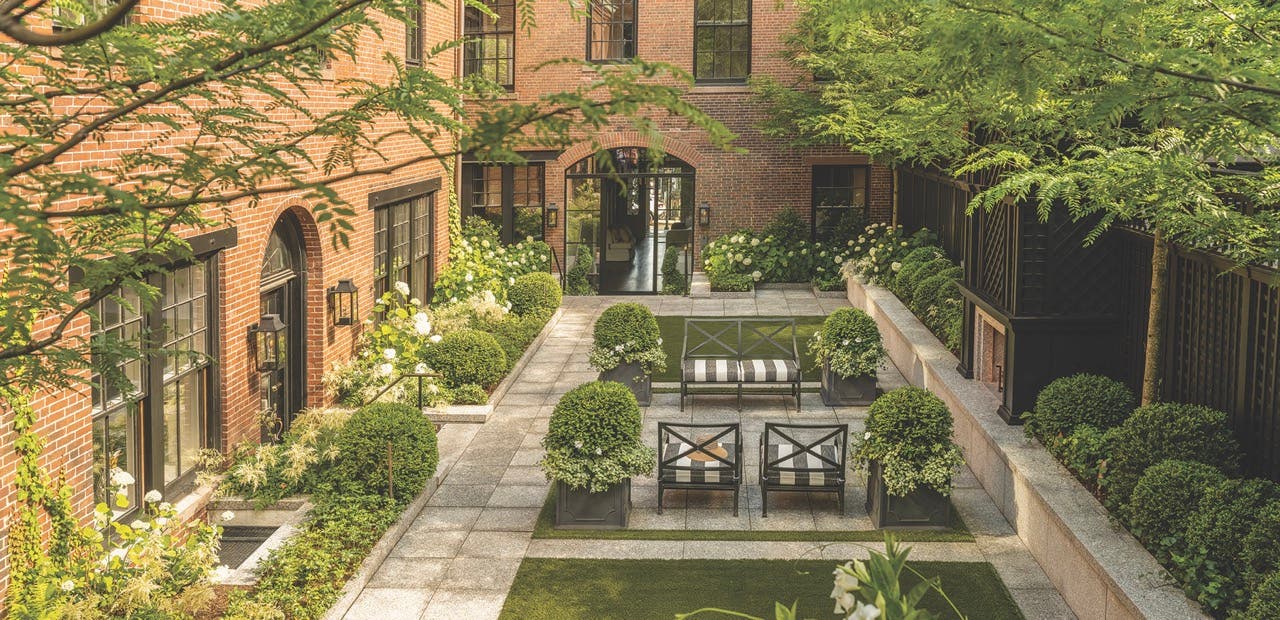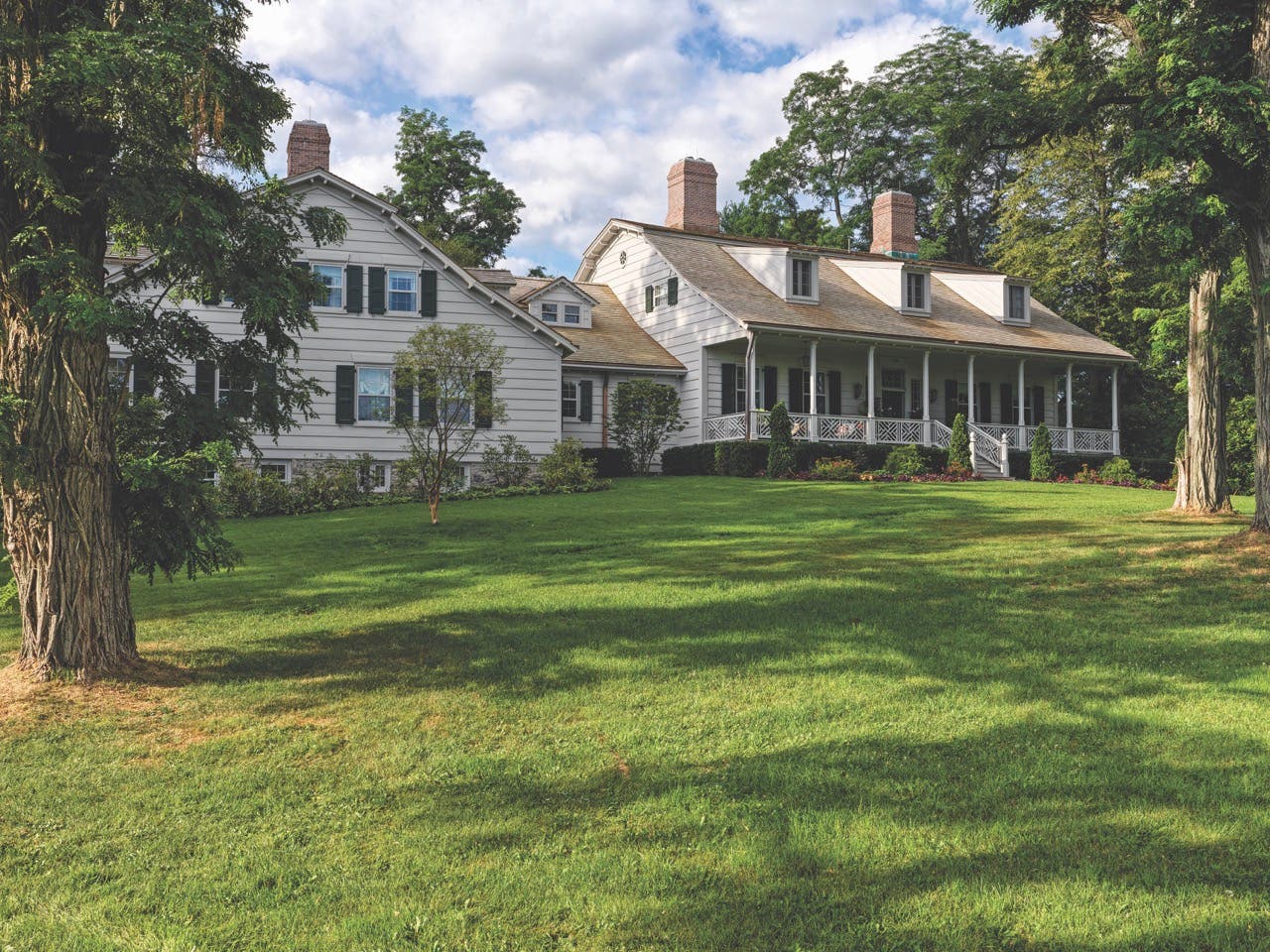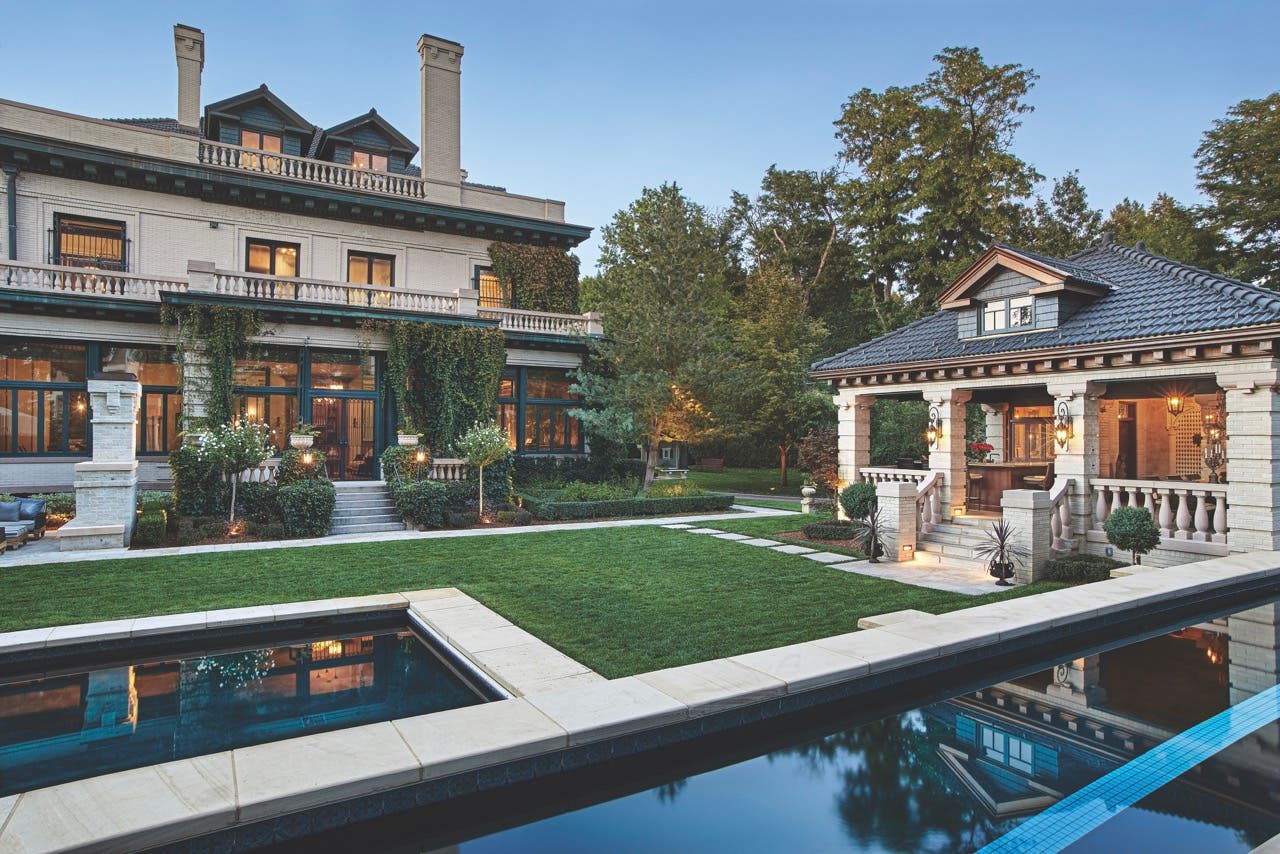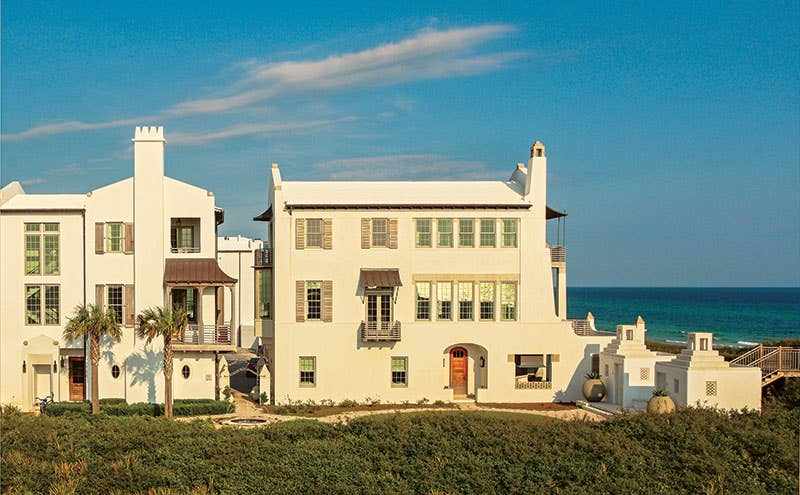
Palladio Awards
The Frist Residence in Alys Beach by Khoury-Vogt Architects
2015 PALLADIO AWARDS
New Construction Under 5,000 square feet
Winner: Khoury & Vogt Architects

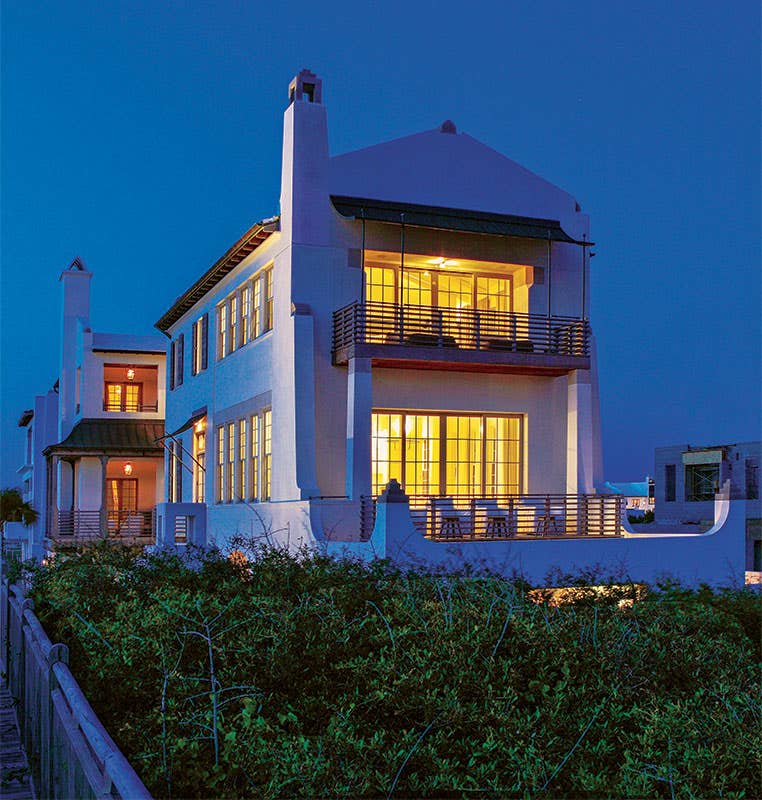
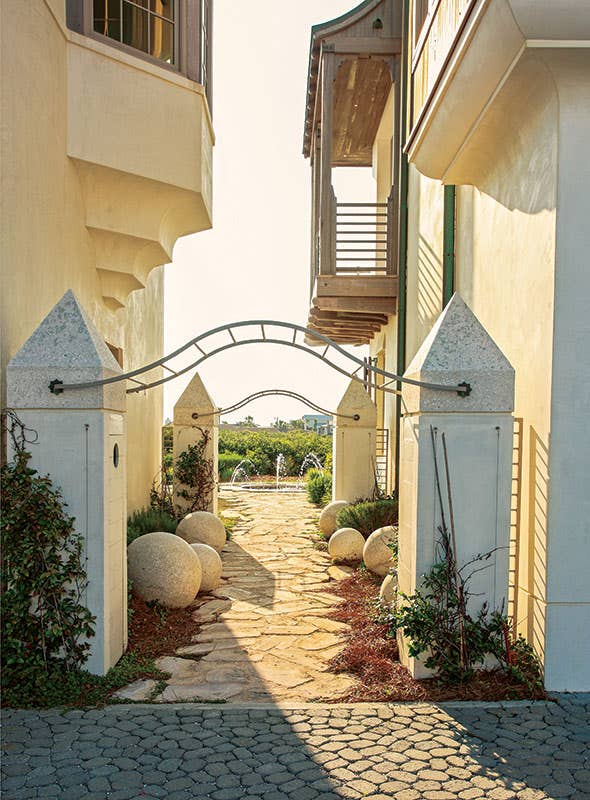
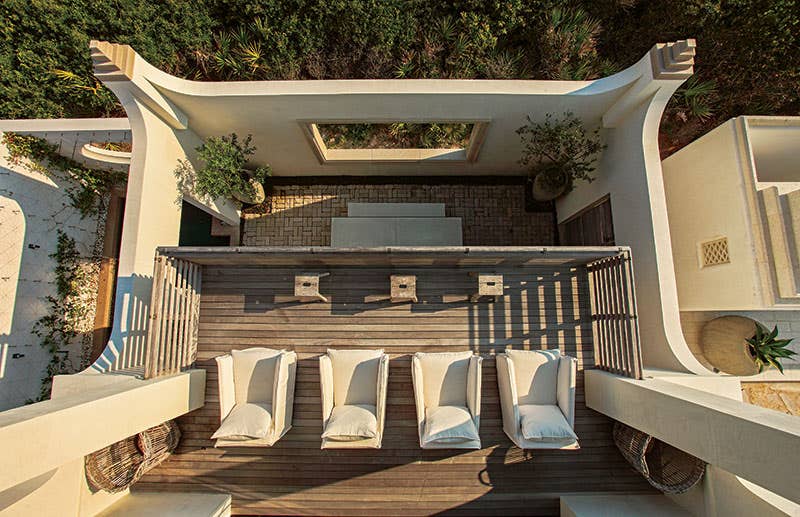
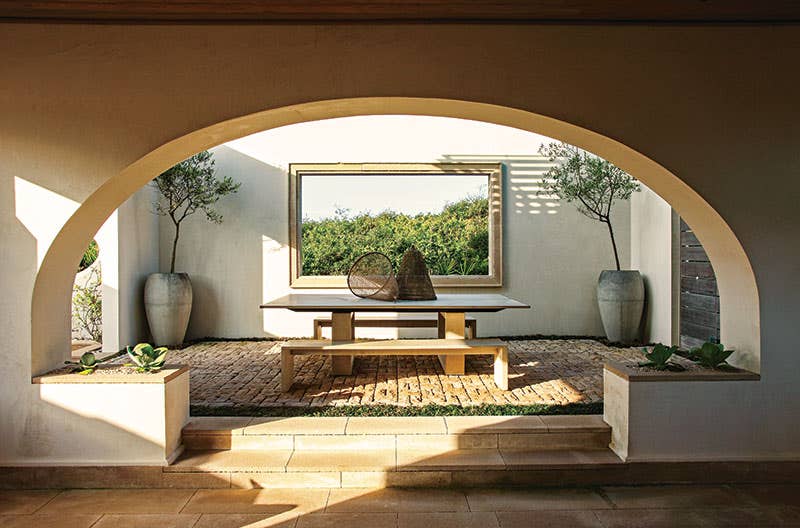
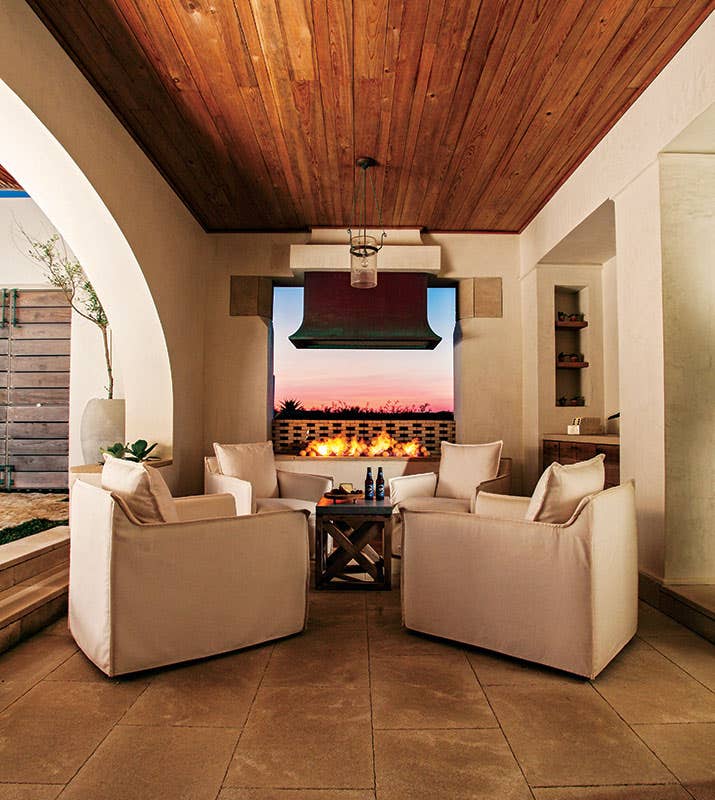

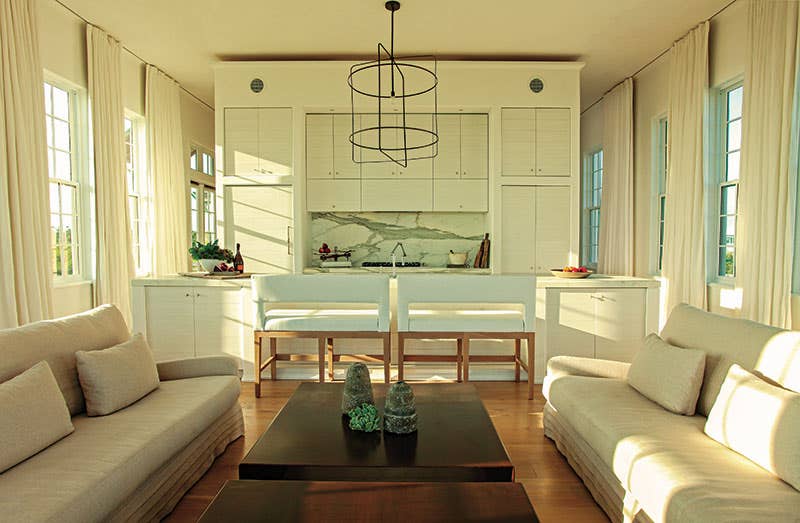
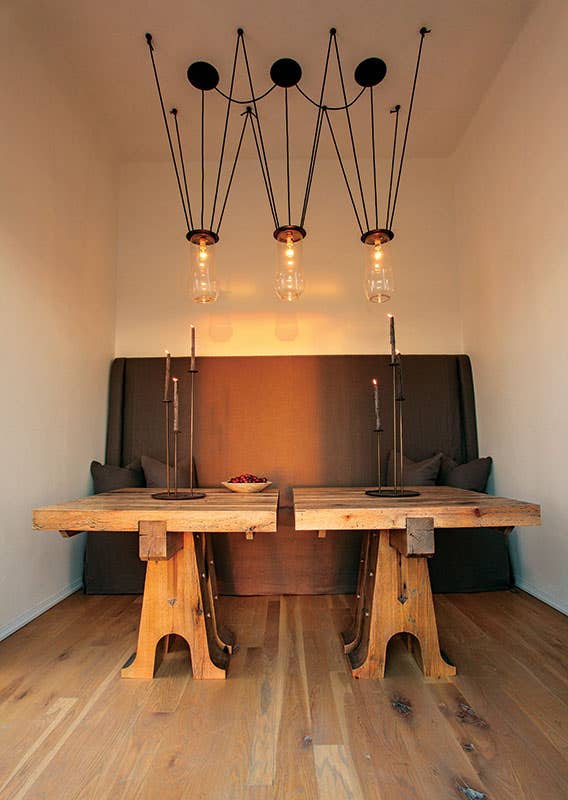

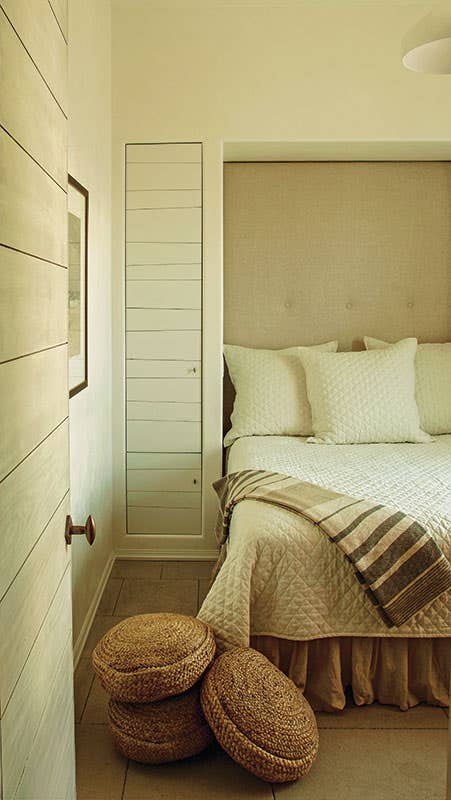
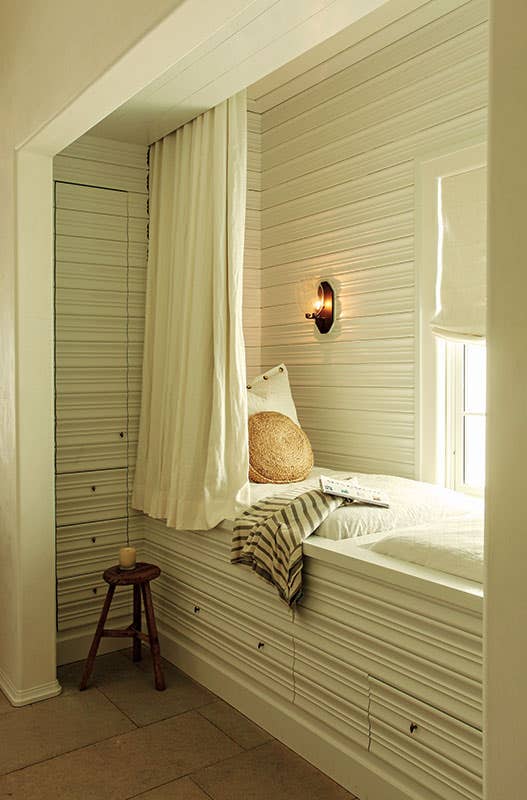
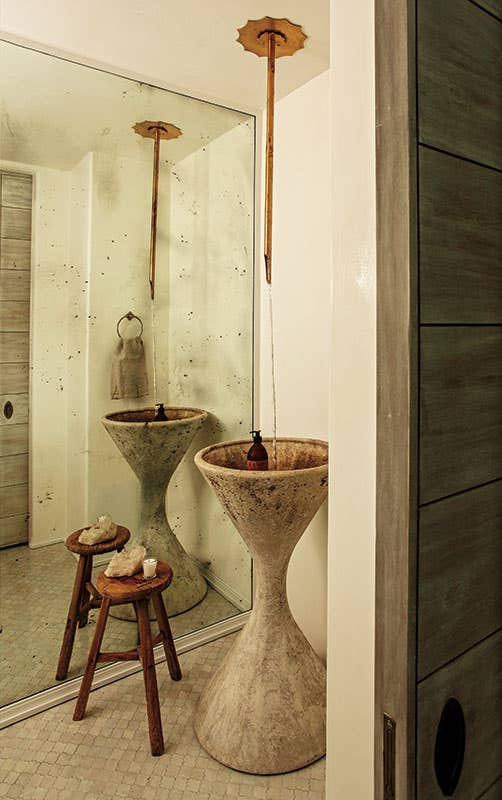
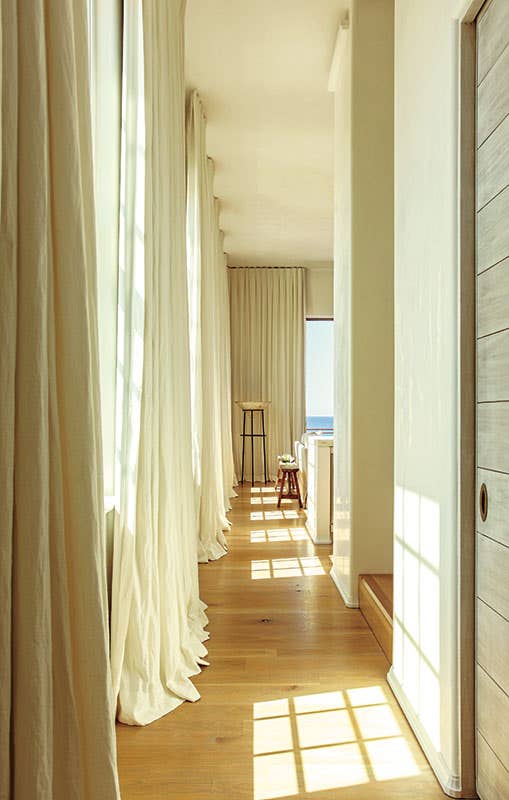
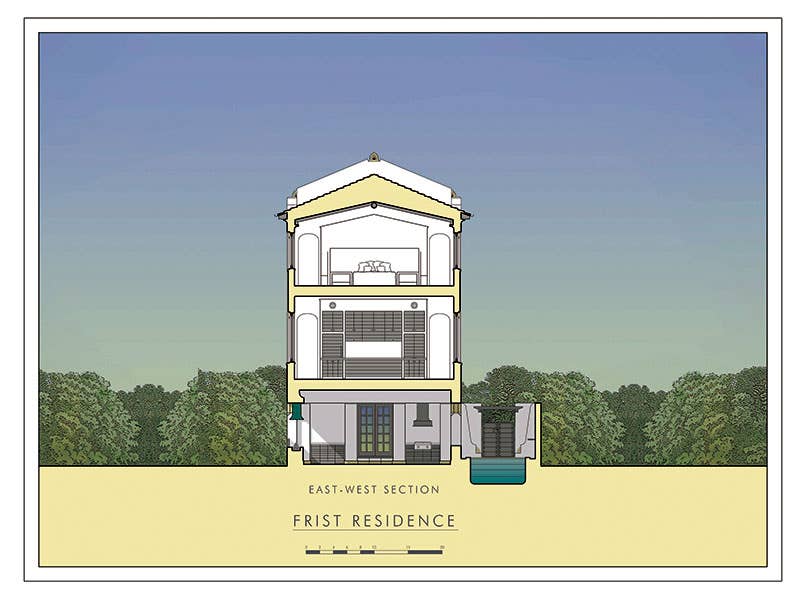
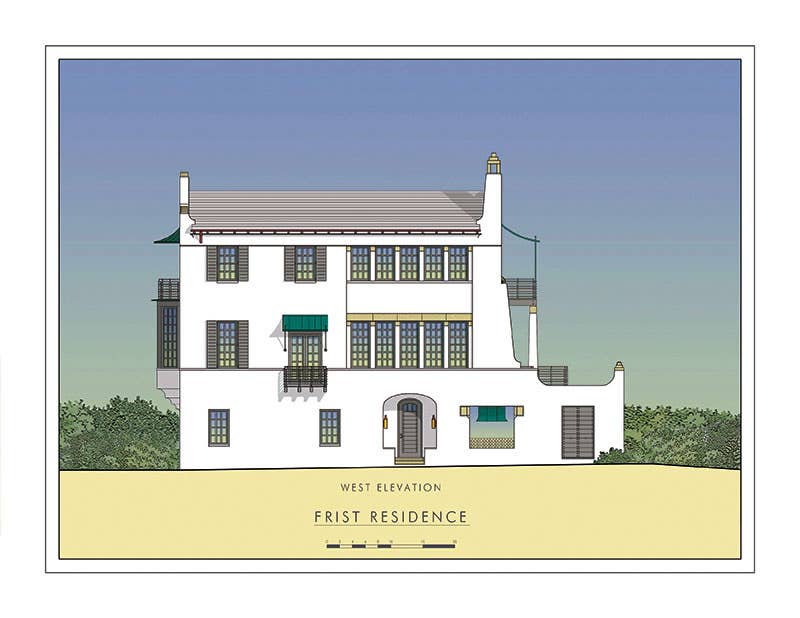
Located in the New Urbanist community of Alys Beach, The Frist Residence designed by Erik Vogt and Marieanne Khoury-Vogt of Khoury & Vogt Architects is the community’s first gulf-front home. While the master plan for Alys Beach was designed by Duany Plater-Zyberk & Co., the plan for the first four tiers of gulf-front lots was refined by Demetri Porphyrios to maximize both the number of lots and the gulf views. To achieve this goal, the lots were reduced in size and arranged in a more staggered, picturesque manner. To work within a smaller footprint the homes were configured as townhouses with three floors of living space with the main living rooms located on the second floor for the best views.
Project: Frist Residence
Architect: Khoury & Vogt Architects
Builder: Alys Beach Construction, Alys
Beach, FL. And Christian Tennant Custom
Homes of Florida, FL
Pool Contractor: Cox Pools,
Panama City Beach, FL
Landscape Contractor: Professional
Lawn Care, Panama City Beach, FL
Steel-Troweled Stucco: A & S Stucco,
Panama City Beach, FL
Exterior & Interior Millwork:
E. F. San Juan, Youngstown, FL
Stonework: Complete Outdoor Living
Space, Birmingham, AL
Cabinetry:Vintage Millwork,
Nashville, TN
Painting & Staining: Lockrem’s Painting,
Panama City Beach, FL
Finish Hardware: Caldwell’s Collections,
Tallahassee, FL
Copper Awnings and Hood: Metalcraft,
Pensacola, FL
Furnishings: The Irongate, Franklin, TN
The Frist residence adheres to the townhouse design with one radical departure: The house sets back about 16 feet from its southern building line to create a forecourt on the Gulf side. Conventional wisdom dictates that one build right up to this line to maximize views and living space but both owner and architect felt that a court, nestled in the scrub of the dune and adjoining a covered loggia, delivered a special experience of this unique environment than was lost in a more conditioned area.
The plan of the house overcomes its tight quarters by developing long axes and perspectival views on all three floors. In addition to the one from the parking court through the entry and pool court on the first floor, there is a major cross axis marked by the central entry hall. One extends laterally through the flanking entry doors and connects to the adjoining park, aligning with the fountain that marks the center of the elliptical green. The other organizes the spaces of the house in its long direction, from the center stair hall through the entry hall, out to the sunken loggia and through the raised forecourt, culminating in the framed view of the dune and Gulf through the court wall opening.
This long axis continues up the tunnel-like stair to the second floor, where its terminus is expressed in the bowed bay window of the family room, the only break in the otherwise taut rectangle of the structure. From here, the pattern of circulation insistently pushes one to the edges and to the oblique views out to the Gulf. The living room spans the width of the house, flanked on the landward side by a floating kitchen wall and on its seaward side by a set of ten-foot tall sliding doors that pocket into the wall to open the space to a porch and balcony overlooking the Gulf.
This pattern is repeated on the third floor, where the stair again divides the plate into a landward and seaward suite. The master bedroom, like the living room, opens up to a porch by way of pocket doors. The bed wall, pushed forward to the Gulf, is formed by the master bath, which is treated like a miniaturized version of the house itself, a gabled volume buttressed on its sides and floating within the vaulted space.
“This form, as embodied in the house itself, is ultimately essential to its meaning and character. It is a distilled, comforting image of domesticity that simultaneously, by way of its setting against the vast expanse of the Gulf, also evokes the timeless classicism of the temple,” says Vogt. “A gesture of willful placemaking within nature that resonates even today, however modestly, in the form of a simple family beach house.”



